Northern beaches girl opens up about fight for life after getting Lyme disease from a tick
PODCAST SPECIAL: A Sydney teenager has revealed her ongoing fight for survival after a tick left her unable to walk or talk.
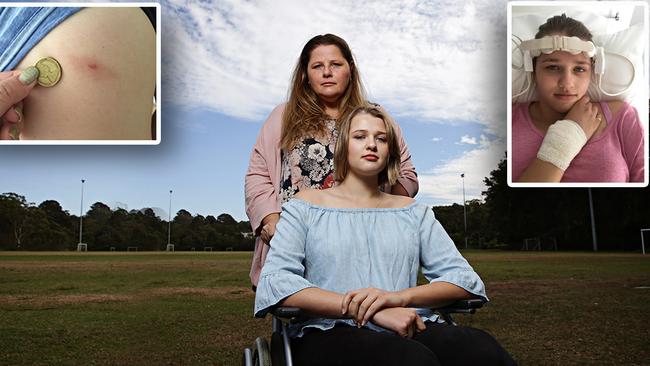
Manly
Don't miss out on the headlines from Manly. Followed categories will be added to My News.
A TEENAGER says she cannot remember two and a half years of her life after a tick bite left her like a zombie, barely able to move or talk.
Danica McDougall, 17, of Manly Vale, fell seriously ill within 24 hours of the tick being removed from her back, which she discovered after walking her dog in David Thomas Reserve in 2015.
She is still seriously ill and mostly wheelchair- bound but can at least now hold a conversation after travelling to Cyprus for treatment for Lyme disease — or the Australian equivalent.
PODCAST SPECIAL
The illness is not recognised here and is often misdiagnosed as chronic fatigue syndrome, Alzheimer’s or even motor neurone disease.
“I do remember the dog walk and remember finding the tick on my back, but I don’t remember the years after that because it was a pretty quick downward fall,” Danica told the Manly Daily.
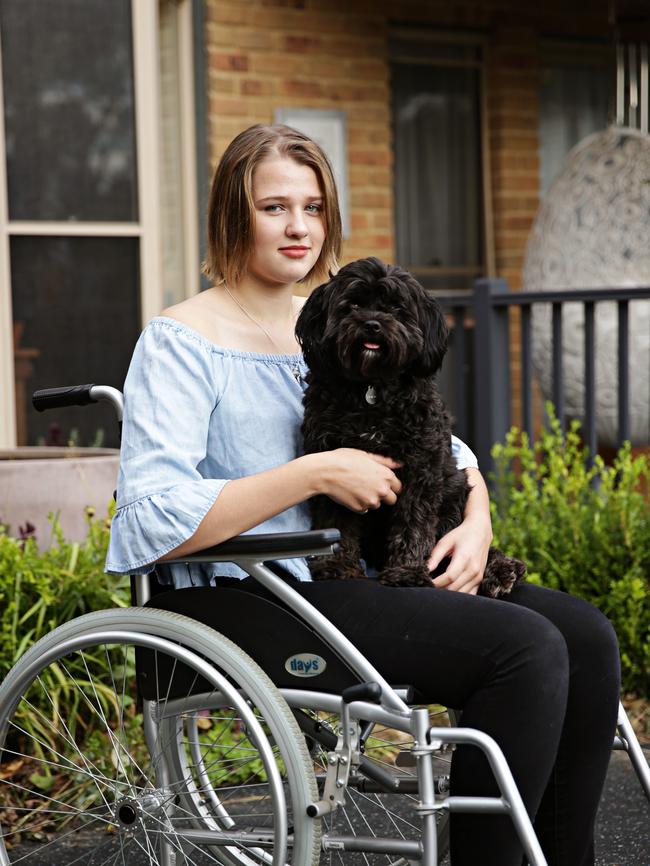
“I couldn’t tell you how I coped with it or what I did to occupy my time because it’s a blank slate. In my mind I’m 14, but I’m 17 now.”
Danica cannot remember her 15th or 16th birthdays, her older sister’s graduation or her younger brother being made school captain.
Danica’s mother, Wendie McDougall, 48, said her daughter had been left stranded by the government and the medical profession in Australia.
“It was like she wasn’t with us any more,” she said. “She was basically a zombie. She was not talking, walking. She could not lift her arms, she could not think, she could not have a conversation.
“Any stimulus was too much for her. Even looking into a person’s face was too much.”
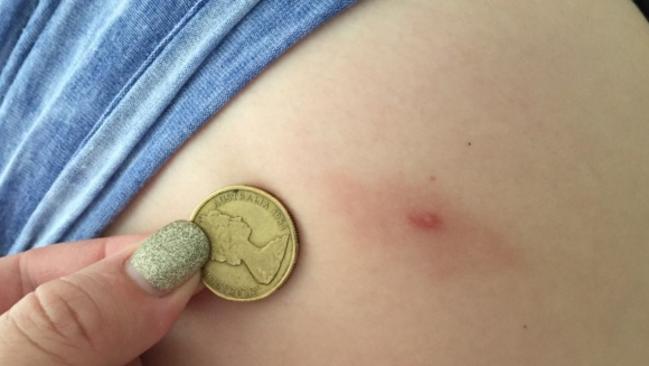
Danica spent most of that time in her bedroom with the curtains closed because she could not deal with sunlight or noise, so there was no music or TV.
Her brother Kyan, who was nine when she got sick, could not even bounce a ball in the backyard because the noise was too loud for her.
Danica also struggled with strong smells such as perfume or deodorant, so everyone stopped wearing it.
Her only escape was the occasional night trip to Tania Park for some fresh air.
“She would just sit on a rock in the dark and just breathe,” Mrs McDougall said.
It was a devastating time for her family who were left desperately searching for answers — and doctors willing to treat her. Like any worried parents they rushed her to the medical centre and then the hospital in the first week she got sick.
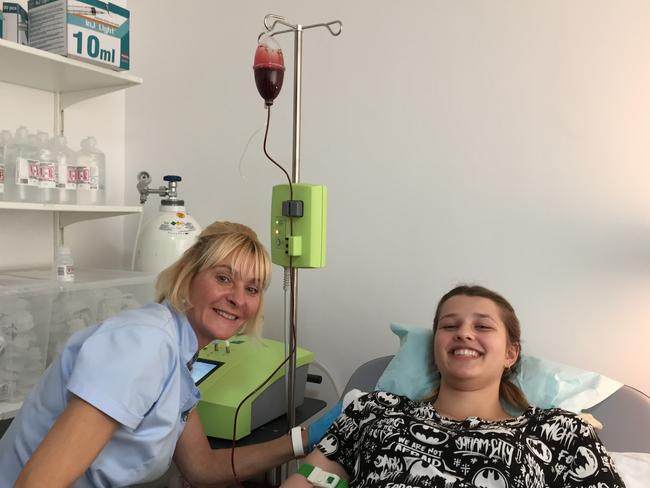
But all her blood tests came back fine, so she was sent home with some antibiotics for a skin infection for a light rash that had appeared around the bite site.
In the months after they took her to their sympathetic GP numerous times, who suggested some options which came to nothing. His conclusion was that she might have chronic fatigue syndrome.
“I don’t blame the doctors. They can’t know everything,” Mrs McDougall said. “I was desperate, very, very scared. I couldn’t find the answers. I didn’t know what to do. I was fearful I was going to lose her, which I have felt numerous times over the last two and a half years.”
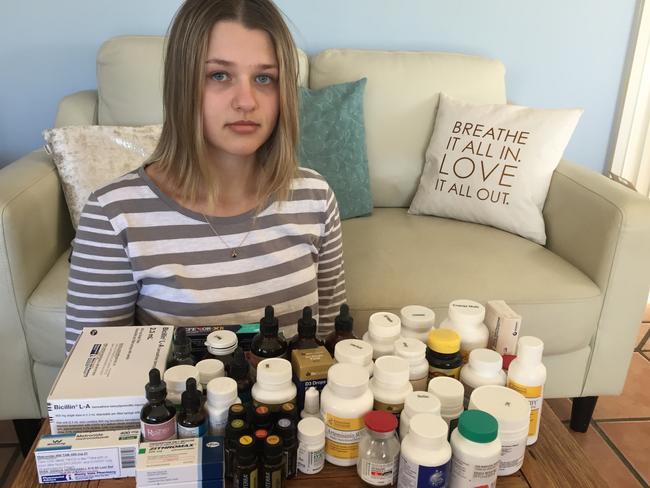
The breakthrough came more than four months after the bite, when Mrs McDougall saw a TV program on Lyme disease, an infection spread to some people by ticks, which is not yet recognised in Australia.
This is despite the fact it is accepted in 80 countries, including the US, the UK and other European nations.
Mrs McDougall tracked down a sympathetic Australian doctor treating patients under the radar.
Blood tests confirmed she had the bacteria borrelia in her system, from the same family of bacteria that causes Lyme disease and which is spread by ticks. She was advised to detox using herbal supplements, alongside taking antibiotics.
Knowing what she had was a relief but her condition did not really improve and eventually relatives and friends clubbed together to raise the $35,000 needed for ozone therapy in Cyprus.
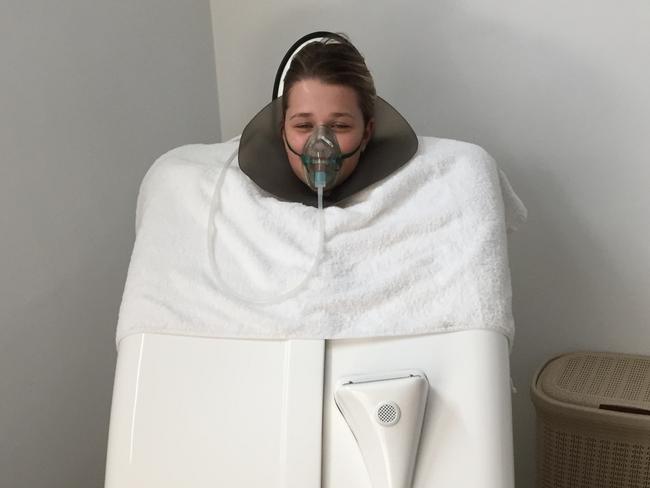
When Danica and her parents arrived last year they found the clinic packed with Australians.
“We had people from Perth, people from Melbourne,” Mrs McDougall said. “We had a lot from Sydney, all with different variants of borelliosis and desperate to get their lives back.
“There was one gentleman who had been (mis) diagnosed with motor neurone disease. He could not walk or move his arms but he could talk.
“By the end of his treatment he could walk up and down the stairs.”
Doctors removed Danica’s blood, adding ozone, before pumping it back in. She also had other therapies involving magnets and ozone via an IV. The detoxing process was brutal and left her feeling suicidal — a common side-effect.
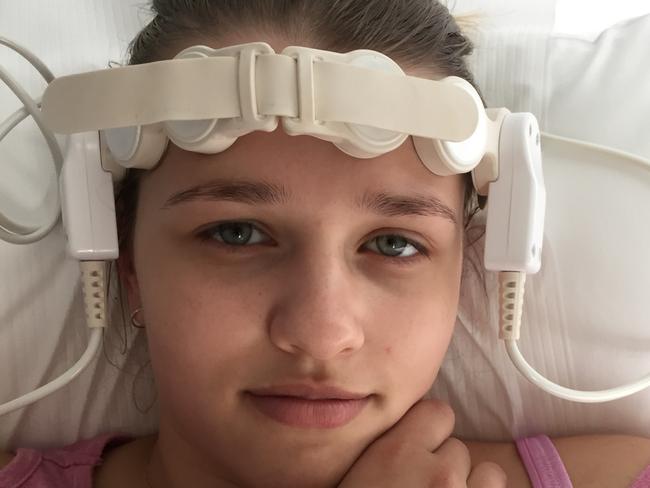
“What you have to do when you are killing off the bacteria is detox and it can send people crazy,” Mrs McDougall said. “And the pain is phenomenal.”
Despite the trauma of the treatment, the results were good.
By the end of week one Danica could walk up and down stairs once a day. By the end of week six she could walk up and down numerous times and she was able to talk and laugh.
To help Danica get to Cyprus for more treatment donate at gofundme.com/dani039s-bite.
Now back home in Manly Vale, Danica can walk short distances around the house and to and from the car and into school, where she studies two subjects.
But she relies heavily on her wheelchair. A walk around the block is out of the question.
Her mother said her recovery was far from complete but at least she was out of the zombie phase.
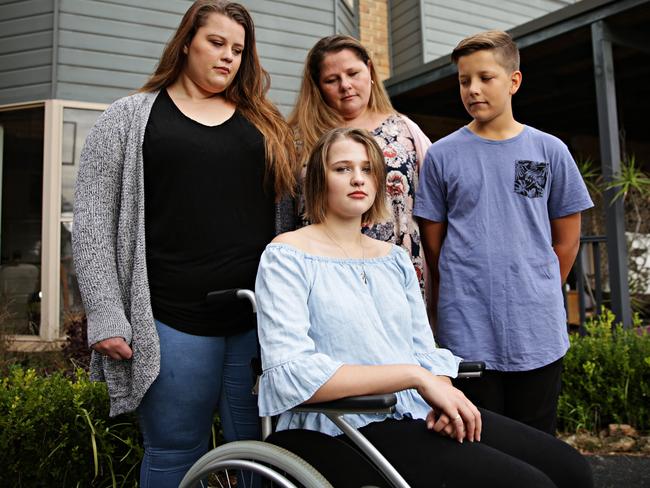
While Danica has dreams of becoming an actor, her only goal at the moment is to get better.
“I can hold conversations,” she said. “I can actually think. I’m better at remembering, though it’s hard for me to remember what I had for breakfast or what I did yesterday because my short-term memory is practically non-existent.”
Mrs McDougall said Danica’s current medications and herbal supplements cost more than $1000 a week and that she needed to return to Cyprus for further treatment.
She warned people to educate themselves on the dangers of the bloodsucking ticks because if they got a tick-borne disease there was no treatment available.
“It’s bigger than Ben Hur and we just don’t know it and the northern beaches of Sydney is a hotspot, a really, really, well-known hotspot,” Mrs McDougall said.
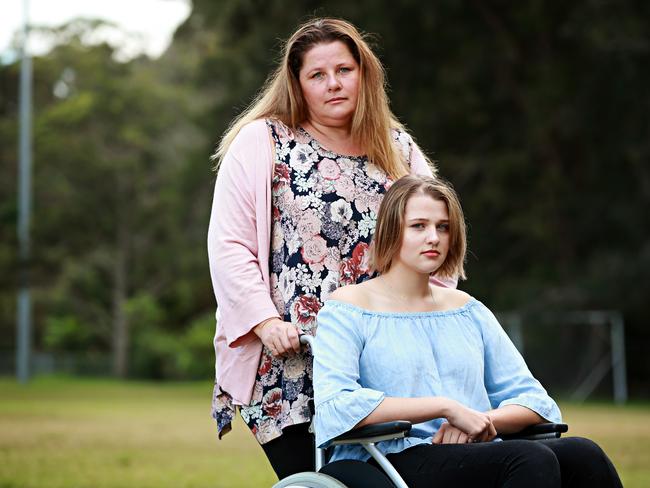
“If you show any signs of sickness after a tick bite you need to get help because it can kill you — ticks can kill you.”
Lyme disease Association Australia CEO Sharon Whiteman said doctors were not allowed to treat Lyme disease because, officially, it did not exist here.
She said there were doctors treating patients under the radar who were under threat of being struck off the medical register if found to be doing so.
“The situation is very dire,” Ms Whiteman said.
“We are now advising patients to go overseas for treatment.
“Our challenge to the government is this is no longer an emerging disease, it is a hidden epidemic and patients are the evidence and patients have the right to be treated with world’s best practice care for a tick-borne disease.”
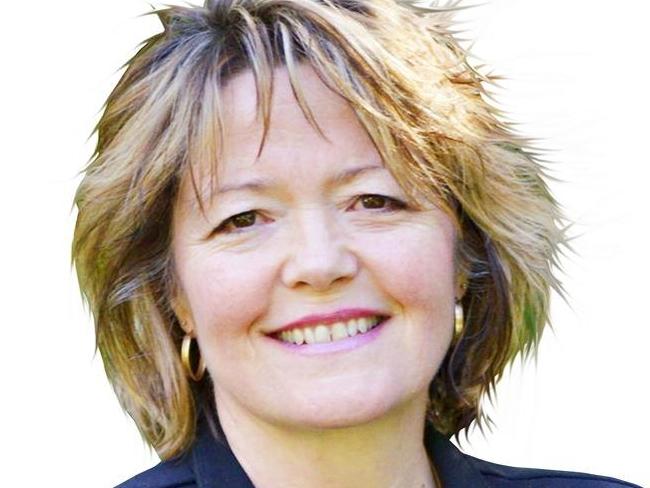
She said not everyone who was bitten by a tick carrying a Lyme-like bacteria would get sick and that it depended on their biomedical makeup and immune health. It could also lie dormant for many years before symptoms appeared. But she said those who did get sick deserved to be treated like humans and get the necessary medical help required.
If it is caught quickly a heavy course of antibiotics can cure it.
A spokesman for Federal Health Minister Greg Hunt said: “Reports of people experiencing such a chronic and debilitating illness is concerning and the Minister has deep sympathy for what patients and their families are going through each day.
“On his first day in office the Minister raised the issue of Lyme disease directly with the Chief Medical Officer.
“While the medical authorities have yet to conclude that this particular condition exists in Australia, the Minister believes that families deserve a full medical review and analysis.
“As a matter of priority, Minister Hunt has asked the NHMRC to fast-track a $3 million targeted call for research into Lyme disease and Lyme-like illnesses in Australia.”
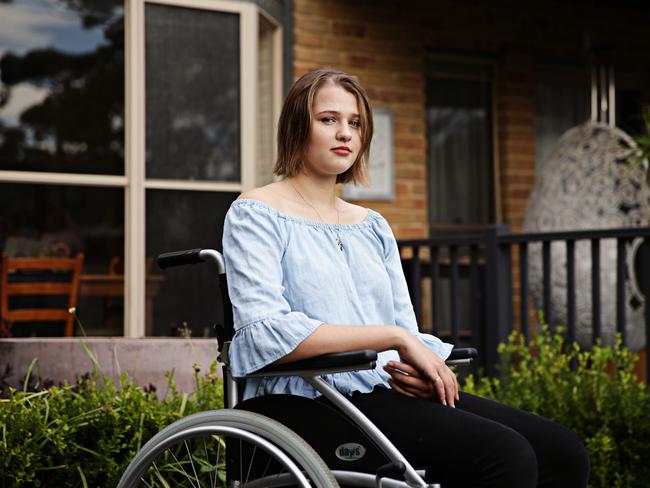
The spokesman said that last month the Minister, along with the Chief Medical Officer, held a forum with representatives from the Lyme community and medical experts to gain insights into how a multidisciplinary care approach for patients could be developed. A second forum is planned for later this year.
The best-case scenario for Danica was that she could get herself into remission. The disease was too far spread to beat.
To help Danica get to Cyprus for more treatment donate at gofundme.com/dani039s-bite.



